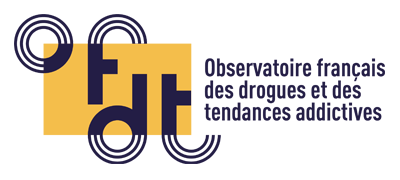Legislations on narcotics in Europe in 2016: common points and differences
Memo, OFDT, 13 p.
December 2016
This Memo is structured in three parts. It first presents the international legislative framework established by the United Nations and the European Union and laid down in three treaties: the 1961 Single Convention on Narcotic Drugs (amended by the 1972 protocol), the 1971 Convention on Psychotropic Substances and the 1988 Convention Against Illicit Traffic in Narcotic Drugs and Psychotropic Substances.
It then compares the different legal systems in the 28 countries of the European Union and Norway. More than half of EU countries (18) have more lenient measures for drug users than the other countries, not applying penalties with deprivation of liberty for use or cases of "minor" possession. In contrast, the legislation in 6 countries stipulates maximum penalties with deprivation of liberty for offences involving drug use and possession, with no distinction being made between different types of cases. In line with the international conventions in this respect, practically all European countries (26) opt for the incorporation of health care liable to be prescribed either in addition to or instead of the penalty. Overall, Europe therefore shares this representation according to which drug users are at least partly victims of an overwhelming addiction, requiring medical and social support. In all European countries, supply offences are penalised more heavily than the use or possession of narcotic substances. These fall within the scope of the criminal justice system.
In conclusion, the report focuses on the special case relating to new psychoactive substances (NPS), the development of which is putting the legislative systems in the different countries to the test.
Two maps illustrate the legislation on narcotic substances in the UE, one focus on use/possession-related offences and the other on traffic-related offences.
Author : Caroline Protais
![]() Download the PDF file (25 Ko)
Download the PDF file (25 Ko)
Drugs in Europe
![]() 2023 EMCDDA European Drug Report
2023 EMCDDA European Drug Report
The European Drug Report 2023: Trends and Developments presents the EMCDDA’s latest analysis of the drug situation in Europe. Focusing on illicit drug use, related harms and drug supply, the report contains a comprehensive set of national data across these themes and key harm-reduction interventions. This report is based on information provided to the EMCDDA by the EU Member States, the candidate country Türkiye, and Norway, in an annual reporting process.
The annual Statistical Bulletin contains the most recent available data on the drug situation in Europe provided by the Member States. These datasets underpin the analysis presented in the European Drug Report. All data may be viewed interactively on screen and downloaded in Excel format.
![]() The European Union and the drug phenomenon
The European Union and the drug phenomenon
 The European Union & the drug phenomenon : Frequently asked questions, joint publication between the EMCDDA and the European Commission, october 2010, 12 p.
The European Union & the drug phenomenon : Frequently asked questions, joint publication between the EMCDDA and the European Commission, october 2010, 12 p.



